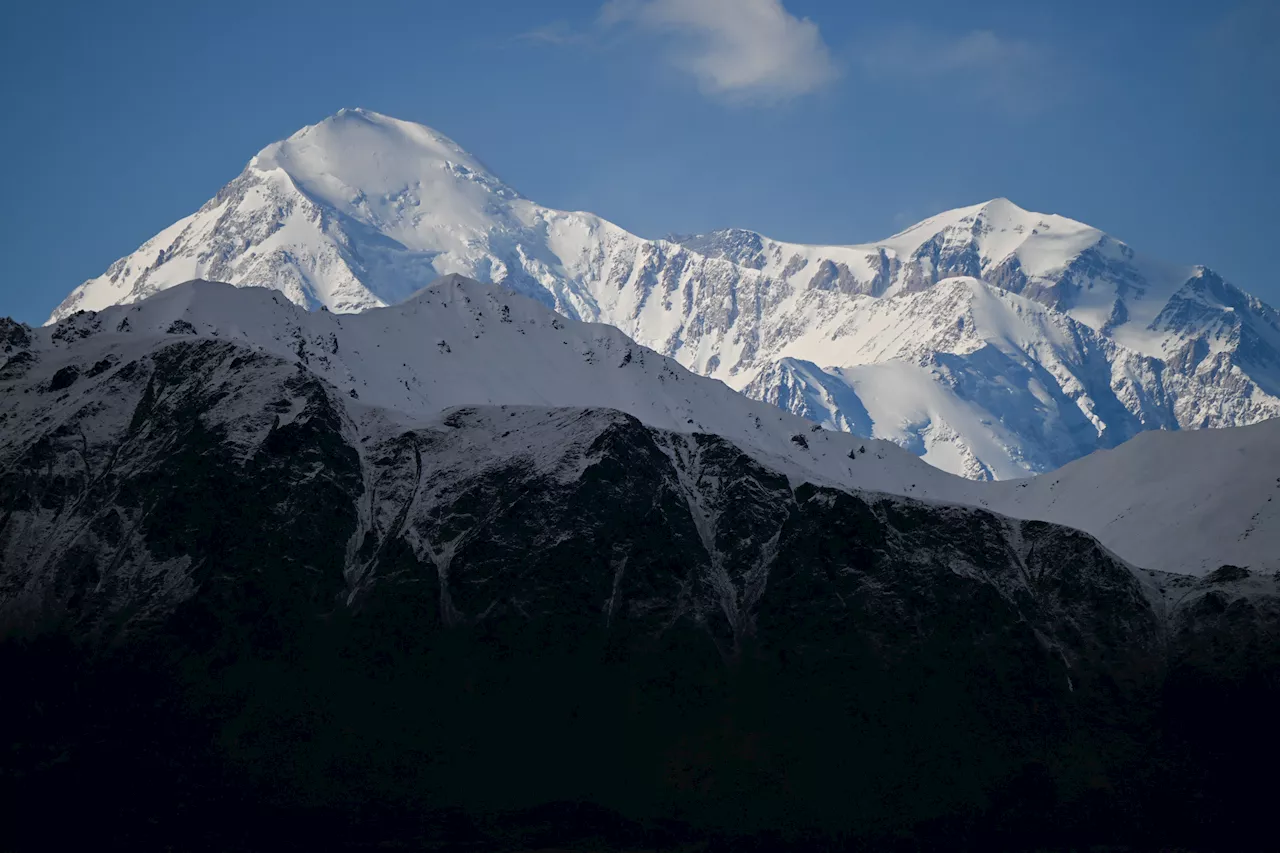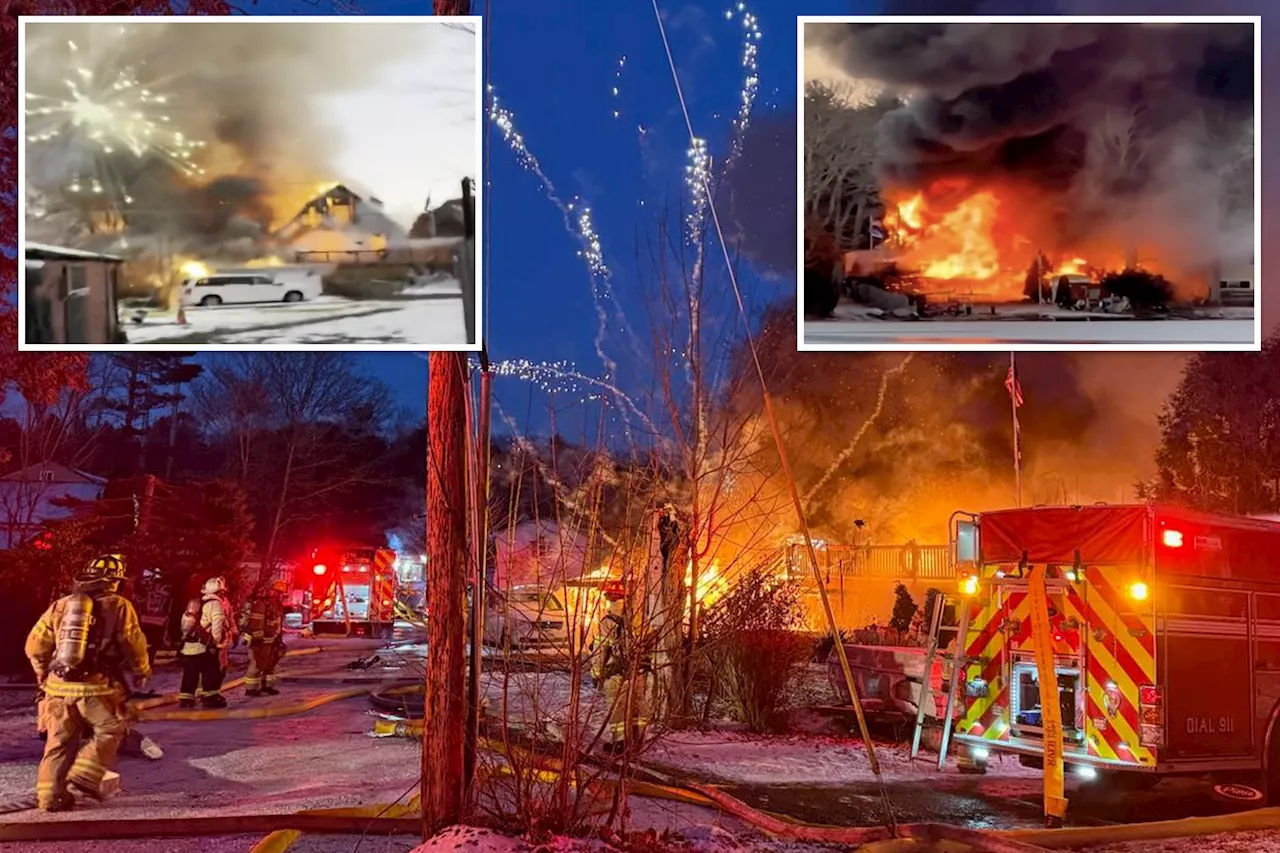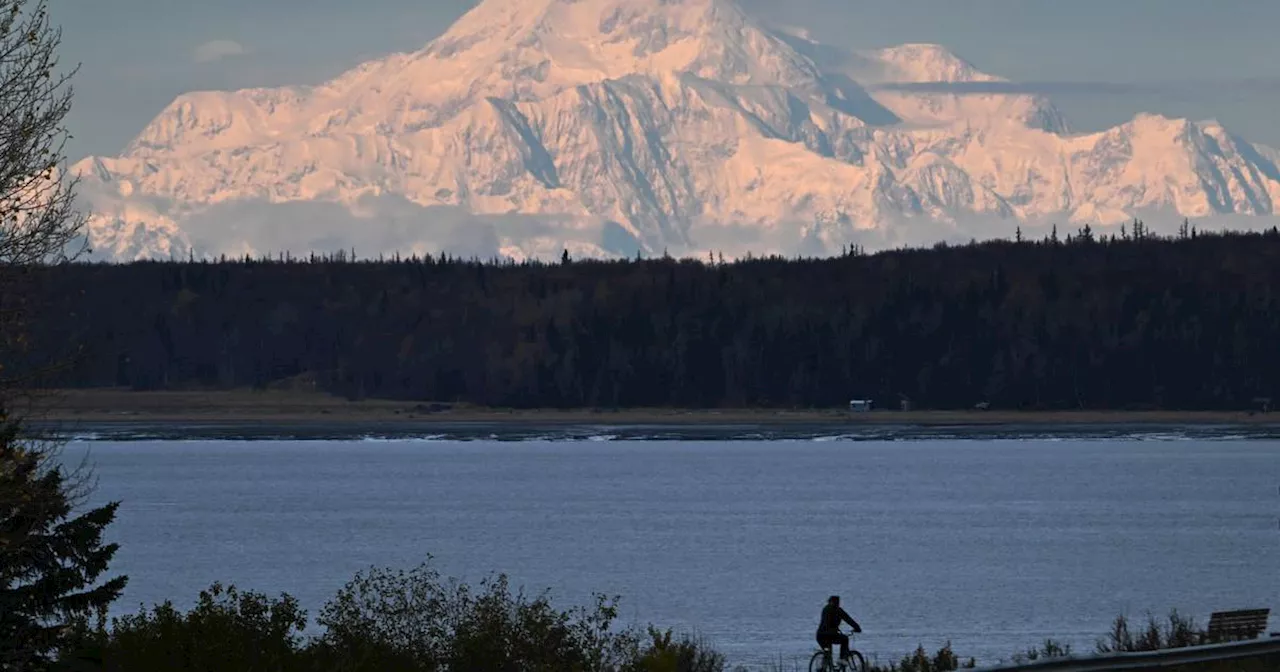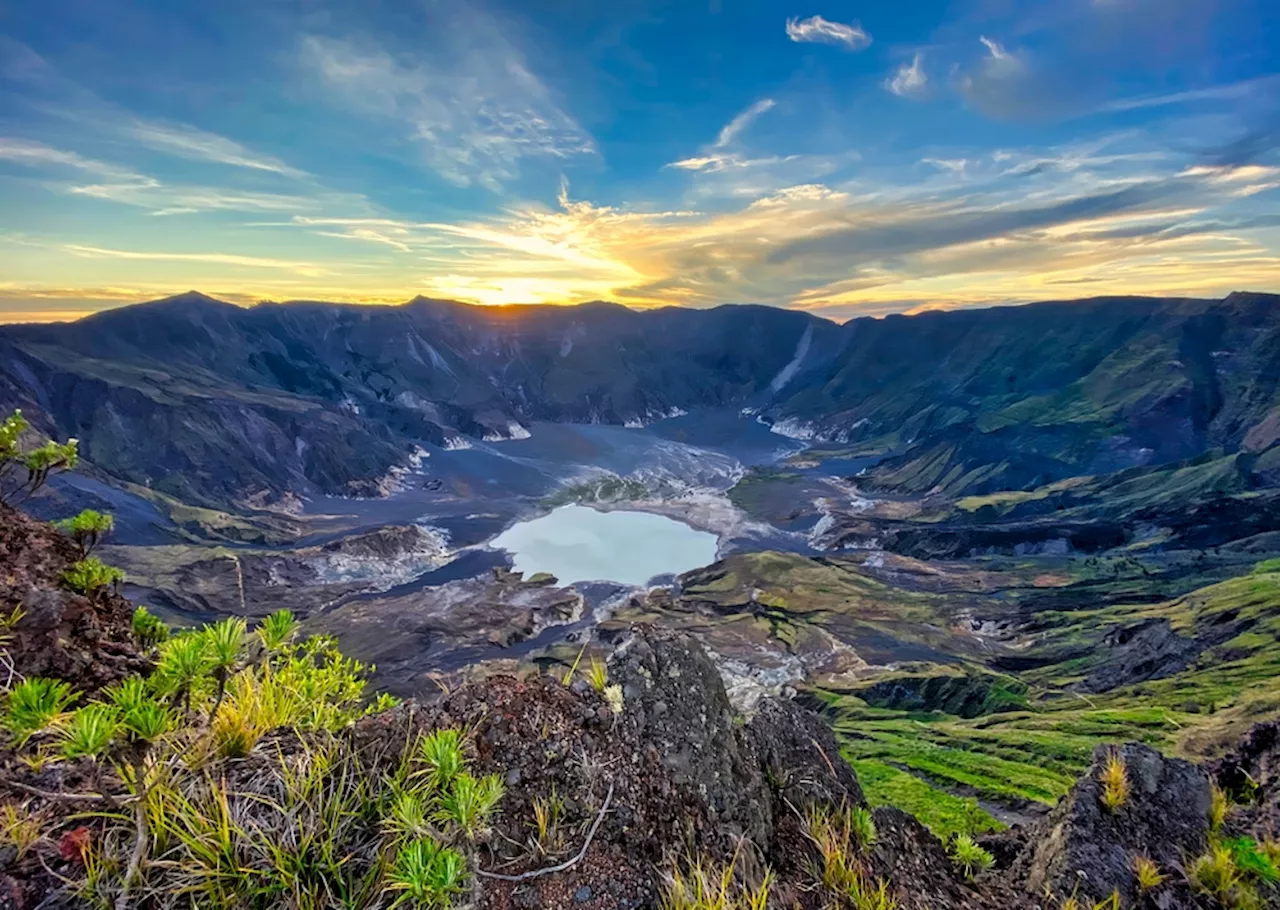This article details the history of Mount Tambora's 1815 eruption, the largest volcanic eruption in recorded history. It explores the catastrophic consequences of the eruption, including its impact on global climate, widespread famine, and significant loss of life.
In 1815, Mount Tambora experienced the largest volcanic eruption in recorded history. The eruption's effects altered Earth’s climate for years and even led to the “year without summer” in 1816. Volcanic eruptions occur frequently but rarely at this magnitude. It’s likely that within the next thousand years, Tambora will violently erupt again, but is the eruption imminent? Mount Tambora is a stratovolcano on the Sumbawa island in Indonesia.
The volcano resides along the Sunda Arc — a chain of volcanic islands. Though it has experienced several eruptions throughout history, Mount Tambora is famous for its eruption in 1815. Before the Mount Tambora eruption in 1815, the locals began noticing volcanic activity five days leading up to the eruption. During those five days, lava flows came down the volcano along with small seismic tremors. On the evening of April 10, 1815, Mount Tambora exploded with such force that the volcano nearly blew apart. At the time, it stood about 14,000 feet tall. But in the aftermath, a nearly four-mile caldera remained. It’s currently 9,354 feet tall. From the caldera spewed 24 cubic miles of ash, rock, and gases into the air, including 60 megatons of sulfur. Large chunks of pumice stone apparently rained down around the volcano, and the dark column of smoke could be seen from over. The eruption triggered tsunamis and pyroclastic flows — fast-moving lava that flows down the volcano — and initially killed around 10,000 people. However, it was the aftermath of the eruption that altered the climate, blocked out the sun, and prevented crops from growing. This likely led to the deaths of an additional 80,000 people in the surrounding areas, as it caused mass famine and disease. In other parts of the world, the effects of the volcanic fallout changed weather patterns, causing freezing temperatures and snow in parts of Europe and North America during their peak growing seasons, leading to crop failure and starvation
VOLCANOES CLIMATE CHANGE NATURAL DISASTERS HISTORY INDONESIA
United States Latest News, United States Headlines
Similar News:You can also read news stories similar to this one that we have collected from other news sources.
 How will Detroit Lions recover as devastating injuries mount?Detroit Lions podcast explores impact of injuries to David Montgomery and Alim McNeill.
How will Detroit Lions recover as devastating injuries mount?Detroit Lions podcast explores impact of injuries to David Montgomery and Alim McNeill.
Read more »
 Trump Wants to Revert Mount Denali Back to Mount McKinleyFormer President Donald Trump has expressed his desire to change the name of Mount Denali back to Mount McKinley, a move that sparked controversy and opposition from Alaska lawmakers. The mountain's name was officially changed to Denali in 2015 by President Barack Obama, honoring the traditions of Alaska Natives.
Trump Wants to Revert Mount Denali Back to Mount McKinleyFormer President Donald Trump has expressed his desire to change the name of Mount Denali back to Mount McKinley, a move that sparked controversy and opposition from Alaska lawmakers. The mountain's name was officially changed to Denali in 2015 by President Barack Obama, honoring the traditions of Alaska Natives.
Read more »
 Fireworks Erupt Amidst Devastating Blaze in MassachusettsA propane-fueled fire in Spencer, Massachusetts, resulted in the destruction of two homes and damage to a third. The inferno was exacerbated by an accidental fireworks display, adding to the chaos and destruction. Despite the catastrophic damage, no injuries were reported.
Fireworks Erupt Amidst Devastating Blaze in MassachusettsA propane-fueled fire in Spencer, Massachusetts, resulted in the destruction of two homes and damage to a third. The inferno was exacerbated by an accidental fireworks display, adding to the chaos and destruction. Despite the catastrophic damage, no injuries were reported.
Read more »
 Tambora's Legacy: A Warning of Future Volcanic Climate ChaosThe 1815 eruption of Mount Tambora, the most powerful in recorded history, offers a stark warning about the potential for future volcanic eruptions to disrupt the global climate.
Tambora's Legacy: A Warning of Future Volcanic Climate ChaosThe 1815 eruption of Mount Tambora, the most powerful in recorded history, offers a stark warning about the potential for future volcanic eruptions to disrupt the global climate.
Read more »
 The Year Without a Summer: How a Volcanic Eruption Shaped HistoryThis article explores the far-reaching consequences of the 1815 Mount Tambora eruption, including its impact on the weather, literature, and a pivotal historical battle - the Battle of Waterloo.
The Year Without a Summer: How a Volcanic Eruption Shaped HistoryThis article explores the far-reaching consequences of the 1815 Mount Tambora eruption, including its impact on the weather, literature, and a pivotal historical battle - the Battle of Waterloo.
Read more »
 Trump wants to change the name of Denali back to Mount McKinleyAlaska’s two Republican U.S. senators, Lisa Murkowski and Dan Sullivan, immediately pushed back, saying they support the Koyukon Athabascan place name for the mountain long favored by many Alaskans.
Trump wants to change the name of Denali back to Mount McKinleyAlaska’s two Republican U.S. senators, Lisa Murkowski and Dan Sullivan, immediately pushed back, saying they support the Koyukon Athabascan place name for the mountain long favored by many Alaskans.
Read more »
